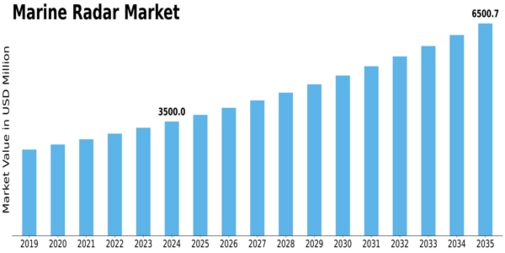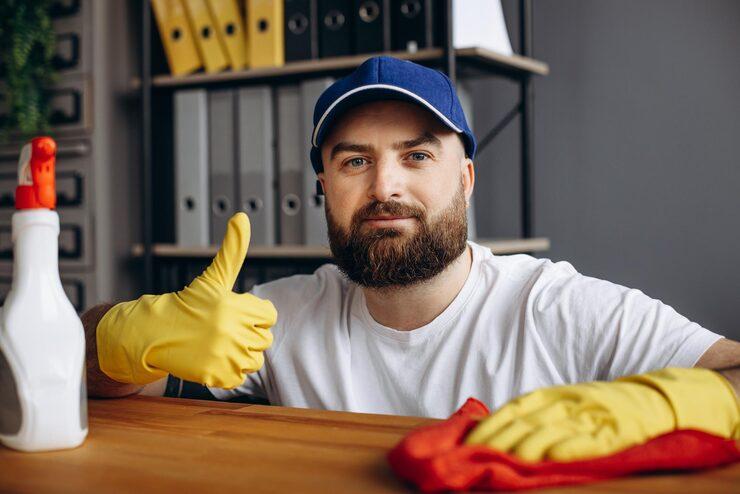DIY Face Massages vs Face Massagers Which is Better for Your Skin?

Once or twice, people wonder whether their skin flourishes more with hand-crafted facial kneading or through modern devices like a face massager. Both strategies hold unique benefits, yet the choice depends on personal goals, technique, and consistency. This article explores natural hand motions, compares them to tool-based innovations, and even considers advanced methods such as cavitation treatment. By the end, you’ll be able to determine which route supports your skin’s vibrancy and aligns with your lifestyle.
Understanding the Basics of Facial Massage
Manual Facial Massage
A manual facial massage involves applying pressure using fingertips, knuckles, or palms to stimulate circulation. This technique enhances lymphatic drainage, eases tension, and encourages a radiant appearance. Since no external devices are required, it feels intimate and cost-free. Practitioners often emphasize slow, upward strokes across the cheeks, temples, and jawline to counteract sagging and dullness.
Face Massager Devices
In contrast, a face massager operates as a tool engineered for precision and consistency. Ranging from vibrating rollers to microcurrent instruments, these devices aim to reproduce or intensify the effects of manual massage. Some integrate thermal functions, sonic pulses, or LED lights to deepen rejuvenation. Convenience plays a role here—one can achieve effective stimulation in a shorter timeframe compared to manual practice.
Benefits of DIY Face Massages
Deepened Sensory Connection
When hands glide over skin, there’s a heightened awareness of texture, elasticity, and sensitivity. This tactile connection allows individuals to notice subtle changes, fostering proactive skincare adjustments.
Stress Relief and Emotional Balance
Beyond surface results, manual techniques calm the nervous system. Gentle movements across pressure points reduce stress hormones, which in turn contributes to healthier-looking skin.
Accessibility and Flexibility
No battery or charging is needed. A few minutes daily can transform complexion with minimal financial investment. Oils, serums, or moisturizers can be incorporated for amplified nourishment.
Advantages of Face Massager Devices
Consistency and Efficiency
Devices offer standardized rhythms that human hands may not sustain for long. For busy routines, this ensures regular stimulation without fatigue.
Advanced Technology
Some face massagers utilize microcurrents to tone facial muscles, while others incorporate heat to improve absorption of serums. These advancements extend benefits beyond manual efforts.
Complement to Professional Methods
Interestingly, a face massager can bridge the gap between at-home care and professional spa treatments. Used alongside occasional cavitation treatment, it supports contouring goals and skin firmness.
Comparing DIY Massages and Tools
Control vs. Precision
Hands provide complete control, allowing pressure adjustments on sensitive zones. Tools, however, bring mechanical precision that maintains uniform performance.
Cost Considerations
DIY massage is virtually free, while face massagers can range from affordable rollers to high-end machines. For some, investing once feels worthwhile; for others, the low-cost flexibility of hands is appealing.
Learning Curve
Manual techniques demand patience to master, especially if one aims for lymphatic drainage or sculpting. In contrast, devices often come with instructions that simplify usage.
When to Choose DIY Face Massage
Situations Favoring Manual Techniques
-
Relaxation rituals before bedtime
-
Immediate relief from stress or headaches
-
Individuals preferring minimalism in skincare routines
Hands allow an intuitive experience, adaptable for any mood or need.
When to Choose a Face Massager
Scenarios for Device Use
-
Quick routines during busy mornings
-
Desire for advanced features like microcurrent stimulation
-
Goals aligned with anti-aging or sculpting
For those seeking targeted performance and time efficiency, a face massager proves to be an invaluable companion.
The Role of Cavitation Treatment in the Discussion
While facial massages—manual or device-based—focus on circulation and relaxation, cavitation treatment represents a professional method targeting deeper tissue layers. Often used for contouring, it relies on ultrasound waves to disrupt fat cells. Though not a direct substitute for daily massage, it complements both DIY practices and face massager usage by enhancing facial definition and long-term results.
Final Thoughts
Choosing between DIY face massages and a face massager depends on lifestyle, budget, and desired outcomes. For holistic well-being, integrating both approaches may be ideal: hand massages for mindful relaxation and tools for technological reinforcement. When combined thoughtfully, these practices contribute to glowing, resilient skin and can even be enhanced by occasional cavitation treatment sessions.
Once or twice a week of mindful practice whether with bare hands or devices—can make a significant difference, giving your skin the rejuvenation it truly deserves.




